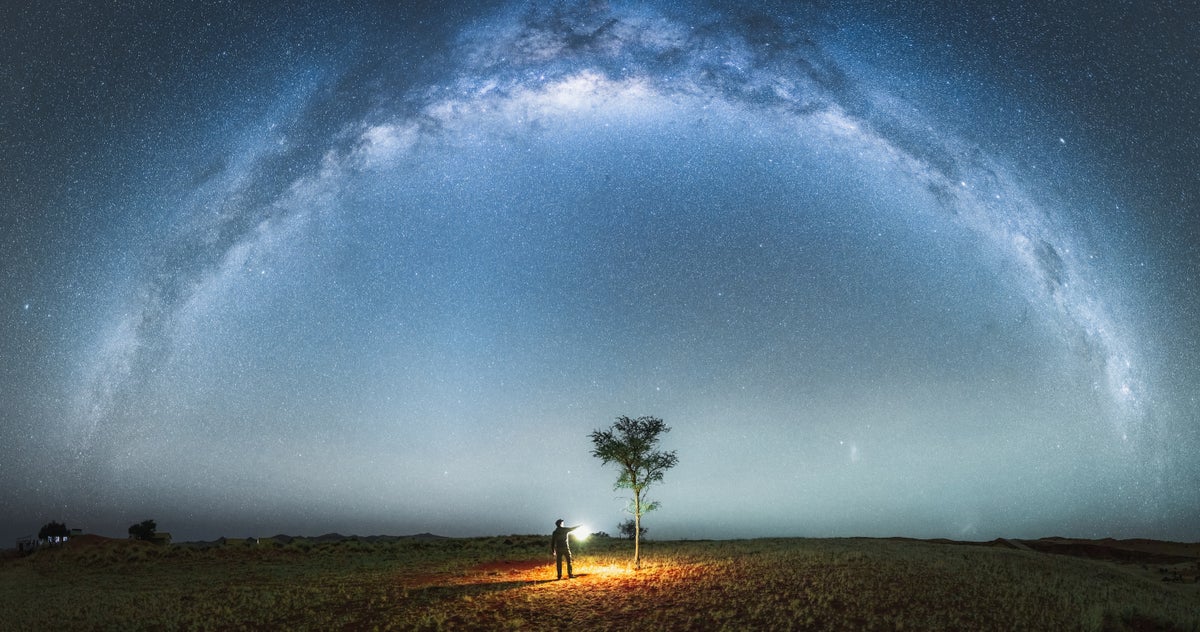
"If matter is falling into one of these black holes at a high rate, that infalling material heats up to frightening temperatures and blasts out high-energy radiation. This also drives intense winds of subatomic particles that flow away at high speed to wreak havoc around the galactic core. That's all bad enough, but the spin of the black hole can also launch twin beams of matter called jets that can scream across space like death rays,"
"Galaxies are spooky places. Space itself is scary enoughdark, vast, cold and emptybut galaxies have all manner of terrifying beasts lurking inside. Most of these astrophysical monsters are stars with various behavioral issues, such as explosive supernovae or ridiculously powerful (and tempestuous) magnetars. Getting too close to one of these stellar tantrums guarantees a very bad time. On top of that, galaxies themselves can be terrifying."
Galaxies host many dangerous phenomena including exploding stars and powerful magnetars. Supermassive black holes at galactic centers can accrete matter, heating infalling material to extreme temperatures and producing high-energy radiation. Accretion drives intense, high-speed particle winds that can disrupt the galactic core. Rapidly spinning black holes can launch bipolar jets that travel thousands of light-years, heating and sterilizing gas along their paths. The risk to planetary systems depends on the activity level of the central black hole. The Milky Way's central black hole, Sgr A*, is relatively quiet now, though past active episodes left detectable echoes near the galactic center.
Read at www.scientificamerican.com
Unable to calculate read time
Collection
[
|
...
]